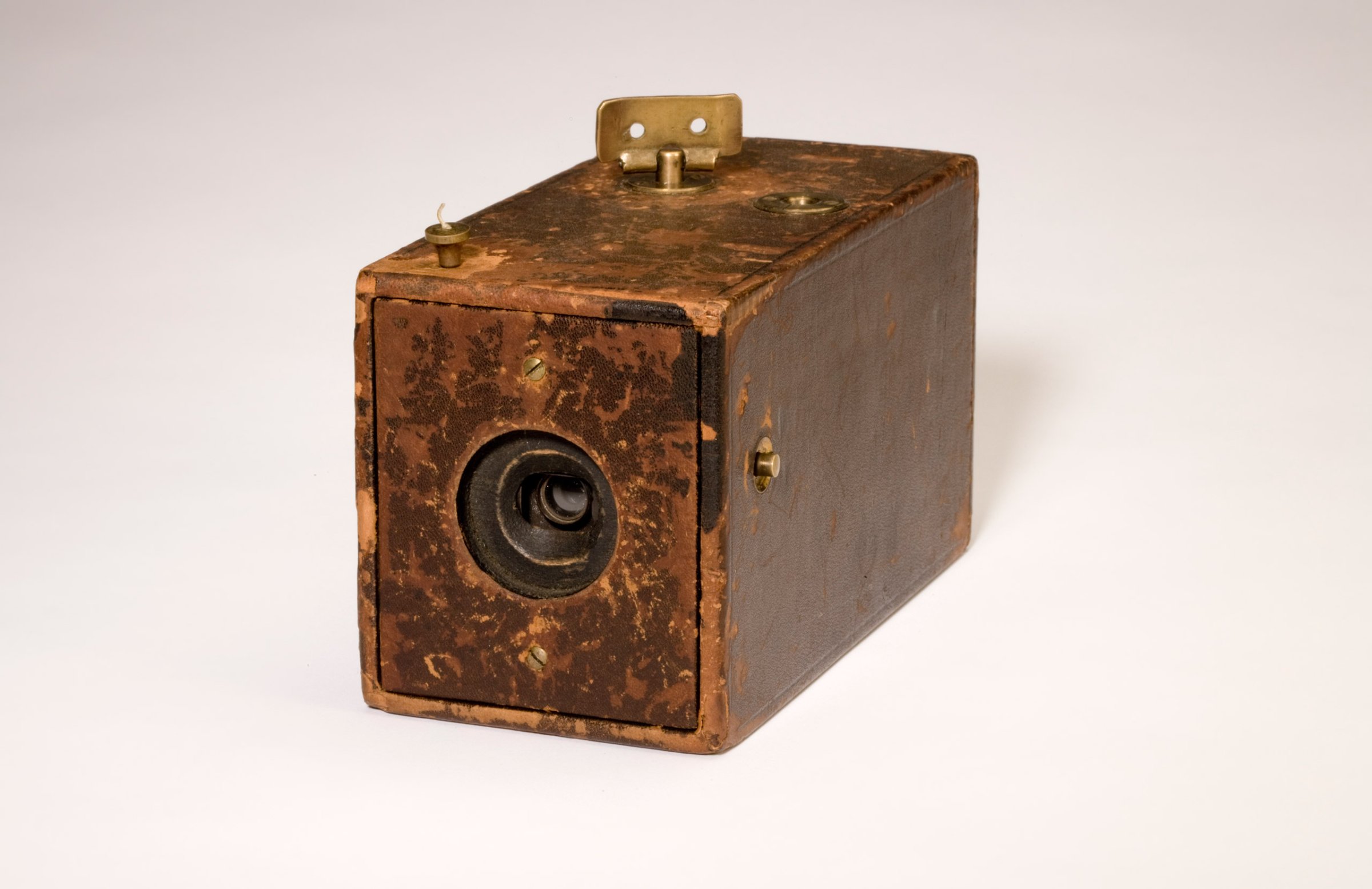
This week, photography fans may want to celebrate Throwback Friday instead of Thursday: It was on Sept. 4, 1888 that Kodak founder George Eastman received a patent for the original camera’s shutter and a trademark for the company’s name. Though Eastman didn’t invent the camera, his innovations—the small box camera with film that could be commercially processed—were critical steps in photography’s evolution from a trade practiced by a small set of professionals to something anyone could do. As Kodak’s slogan put it, You press the button, we do the rest.
“It’s the ‘we do the rest’ part that sets [the Kodak] apart,” explains Todd Gustavson, technology curator at George Eastman House and curator of the exhibition Kodak Camera at 125, on view there through the end of this year and from which the images above are taken. “It’s really the beginning of snapshot photography, which allows people to document their lives.”
As TIME explained in a 1928 cover story:
When George Eastman first worked with cameras, they were cumbersome boxes “almost the size of a soap box.” That was in 1878 when he was 24, a bank clerk at Rochester, N. Y. Without leaving his bank job, he applied his mechanical ingenuity to making cameras handy. He succeeded.
Negatives at that time were made on wet plates, a sheet of glass covered with collodion and silver nitrate (sensitive to light) a few minutes before exposure. George Eastman, no scientist himself, tried empirically to invent dry plates covered with silver nitrate and gelatine. After trials and troubles which a thorough knowledge of colloidal chemistry, as he later learned, might have prevented, he succeeded in this effort.
Next he applied his gelatine to a strip of paper, which might be rolled compactly. And that led to a new kind of camera, the Kodak (1888). Mr. Eastman invented the name by fiddling with a batch of separate letters until he put together a group that looked alluring and sounded sensible. The word is now a common noun, verb and radical in European languages.
Read the full 1928 story, here in the TIME Vault: George Eastman
‘Memory City’: A Eulogy for Rochester, Kodak’s Company Town

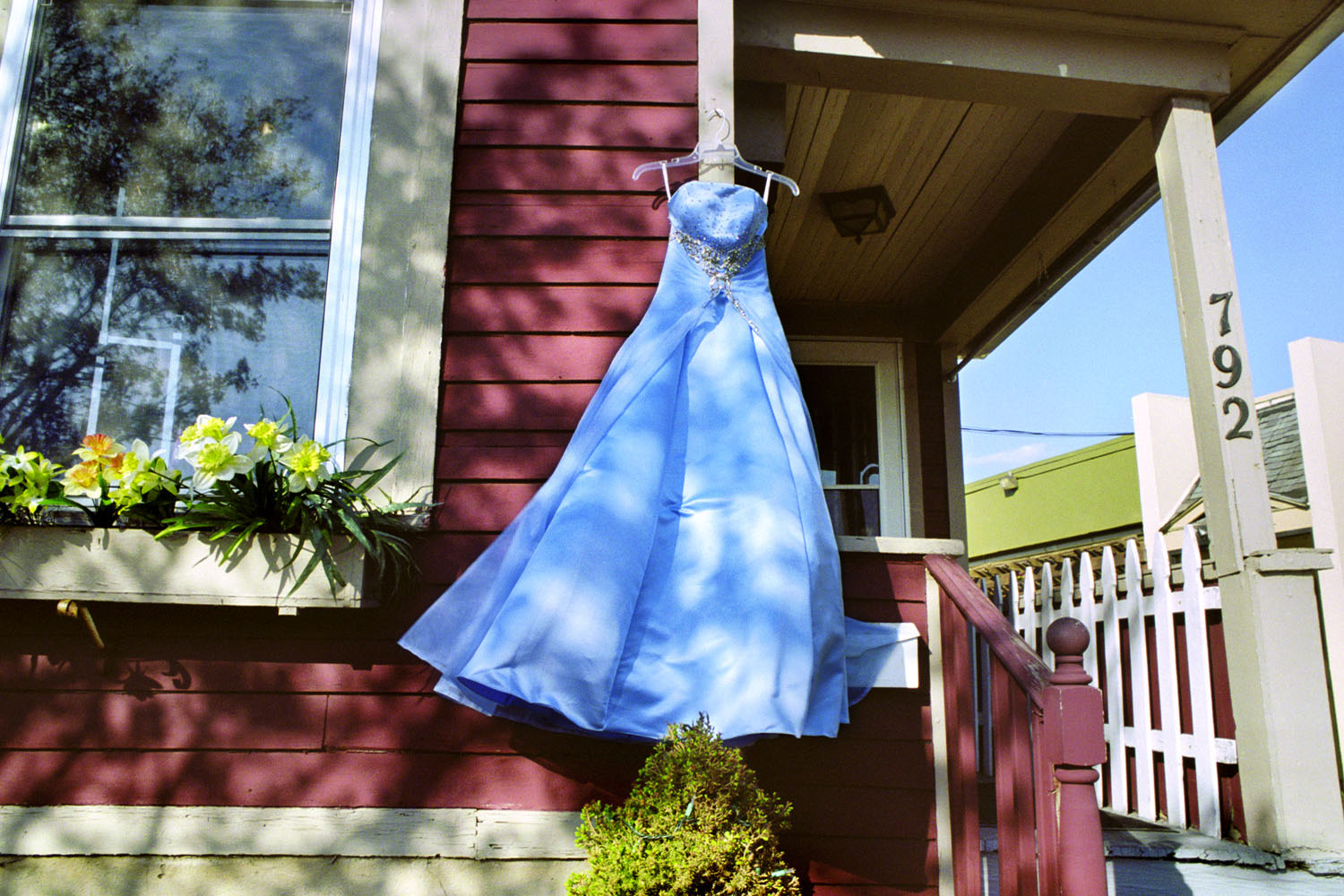
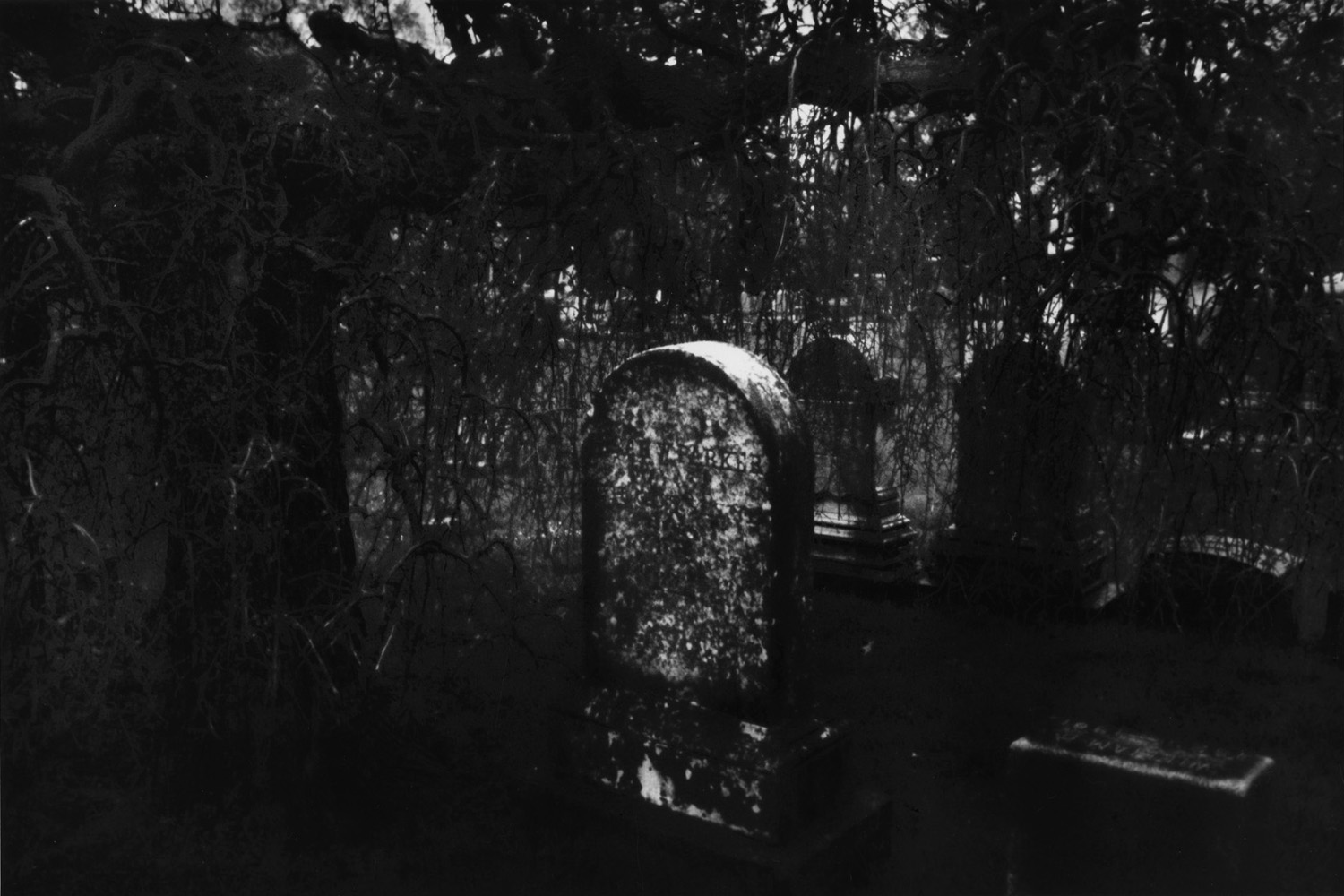

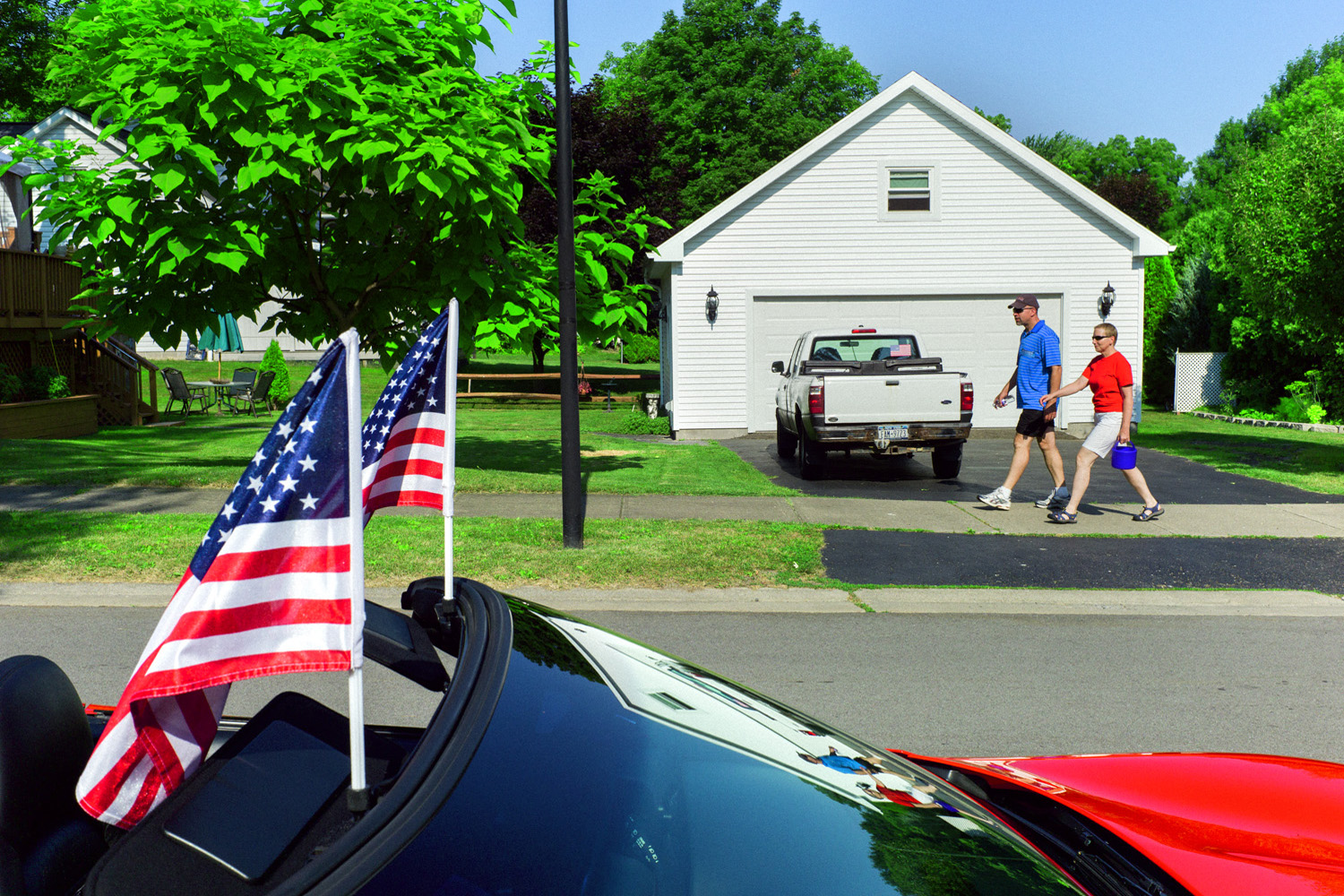
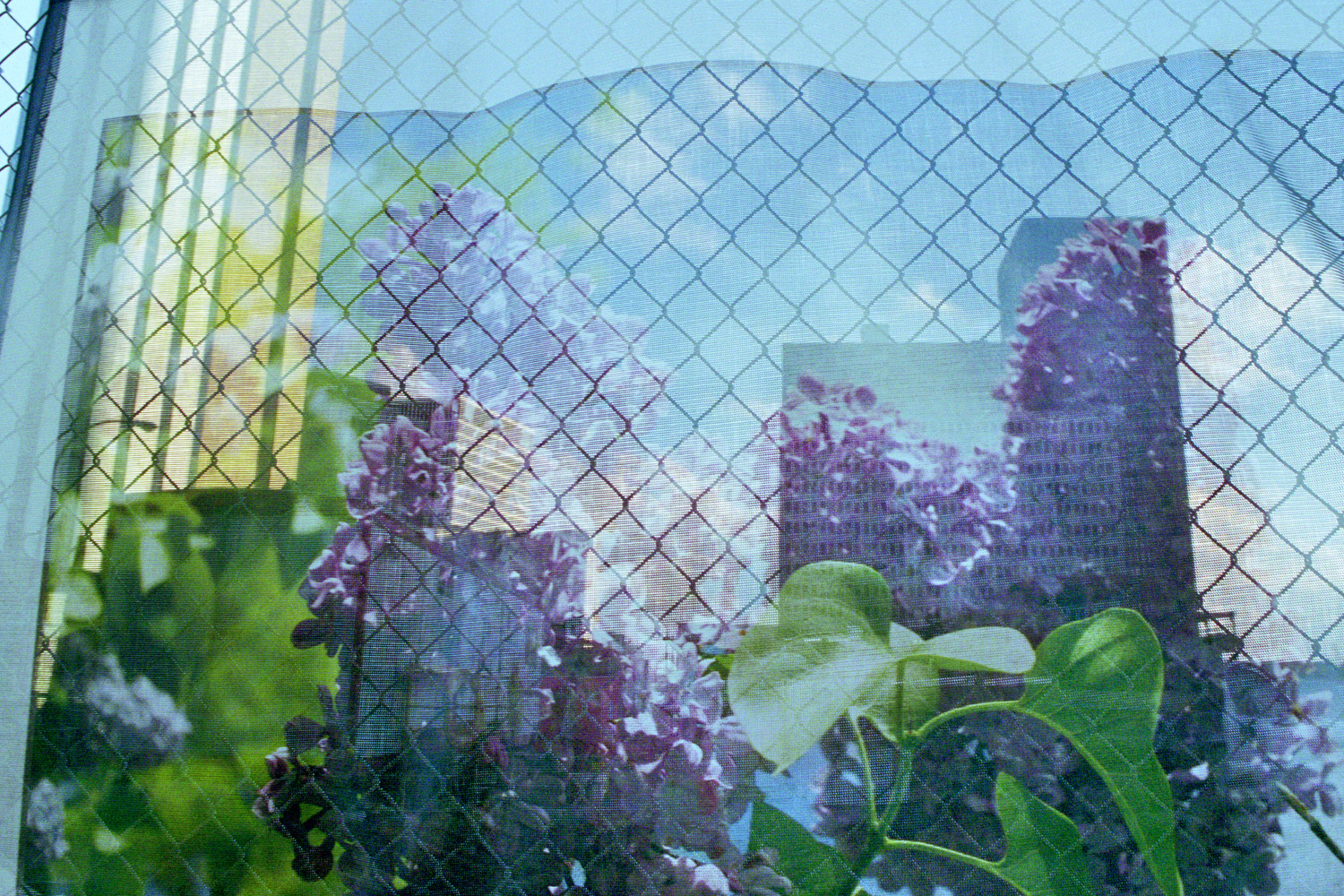
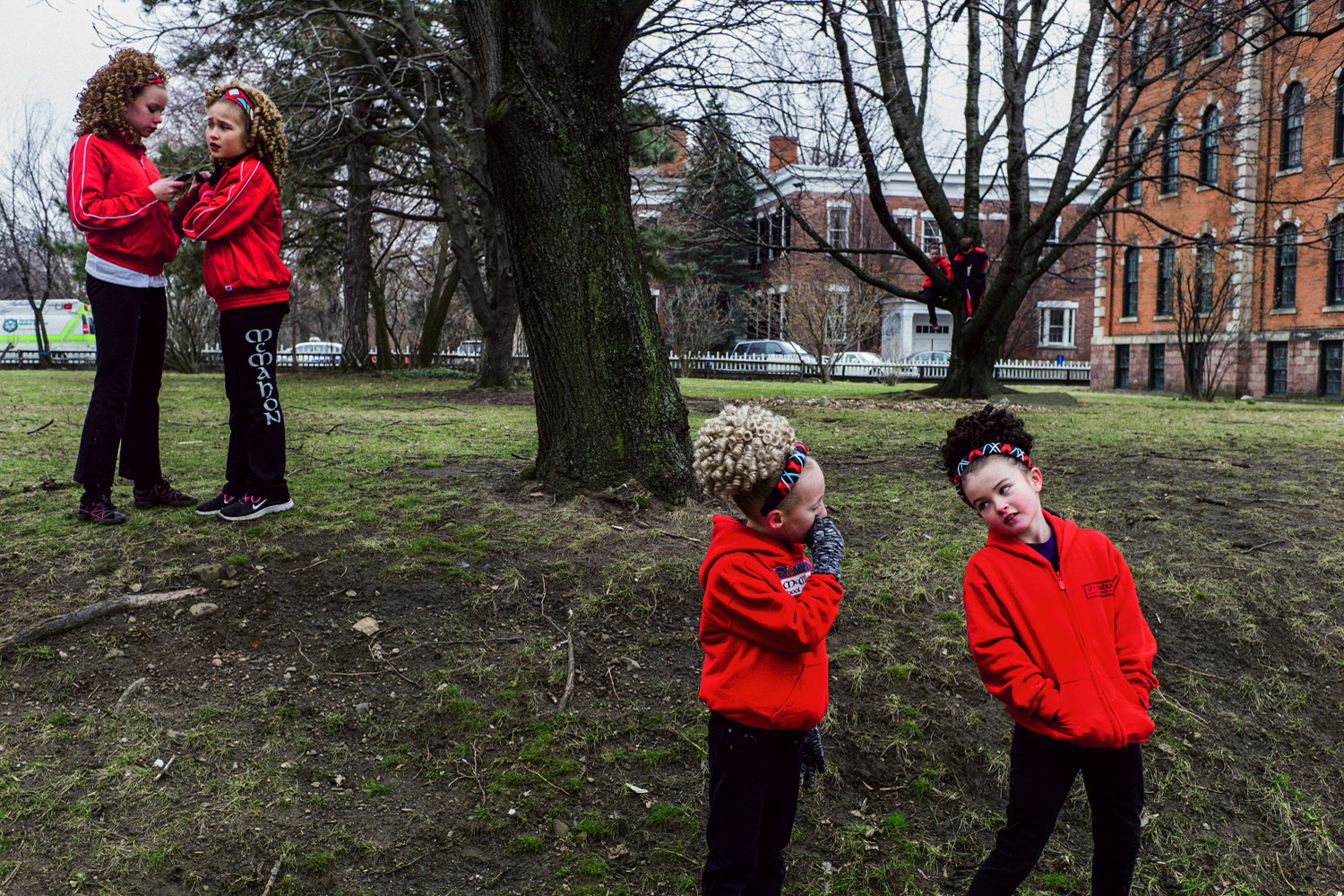



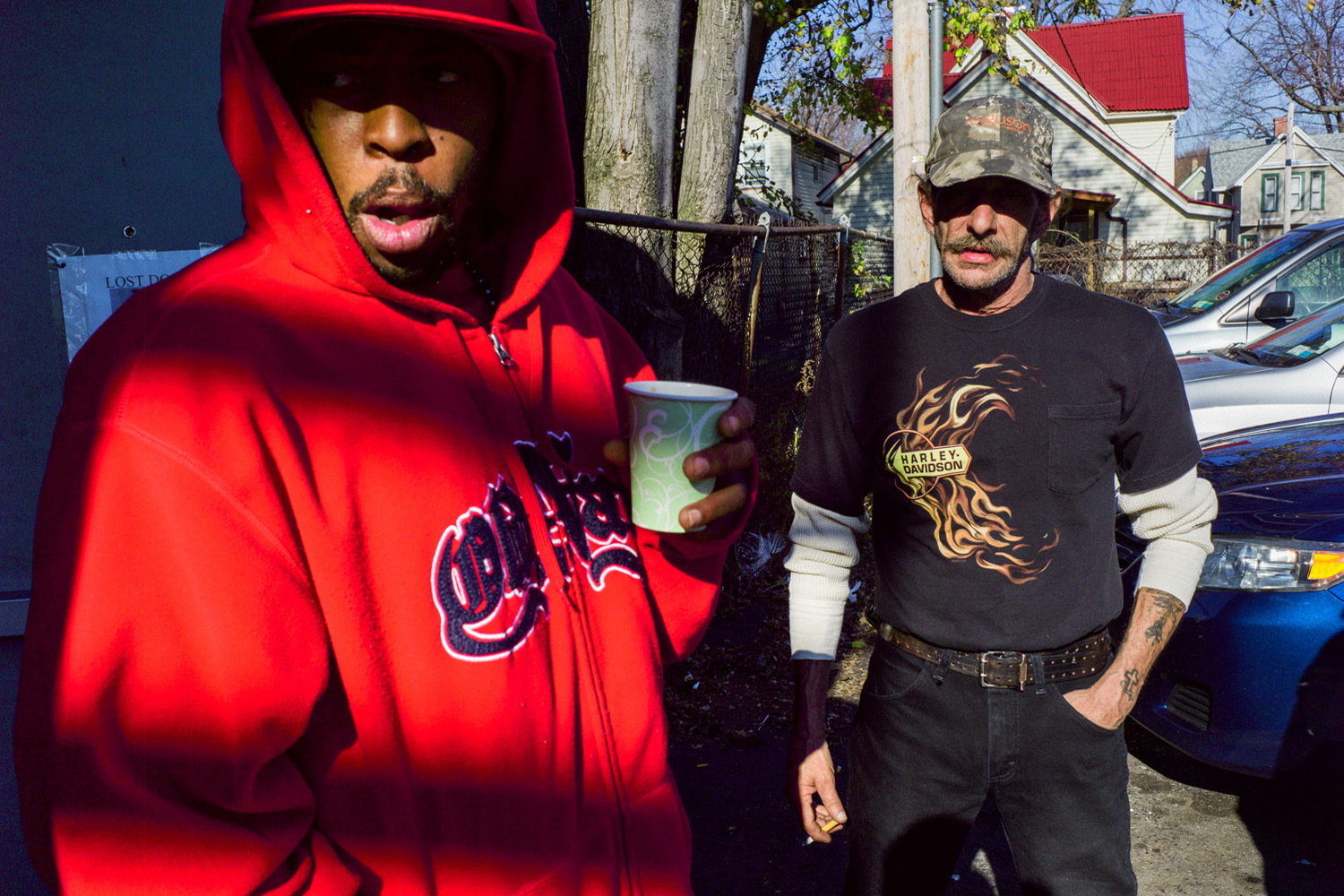

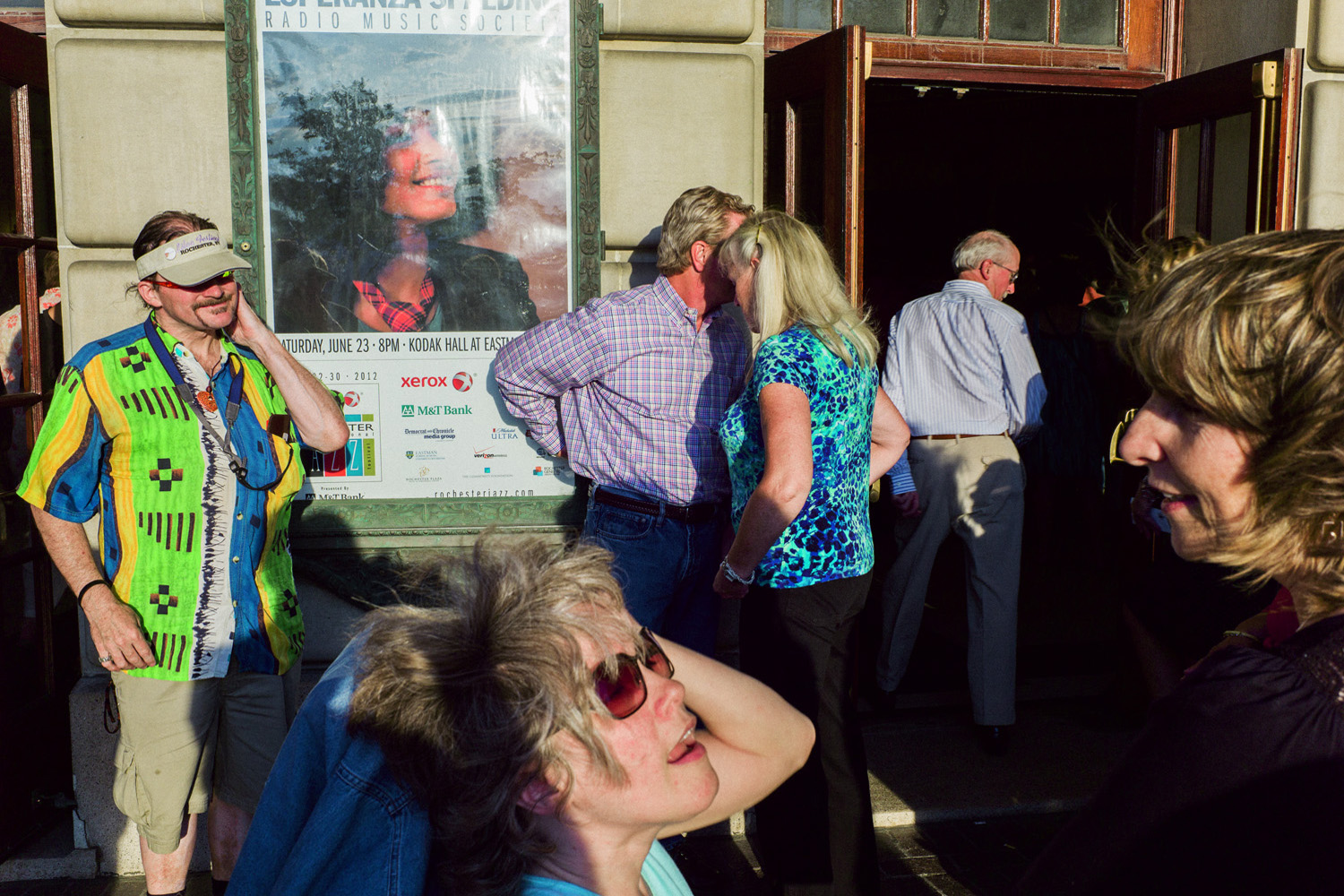

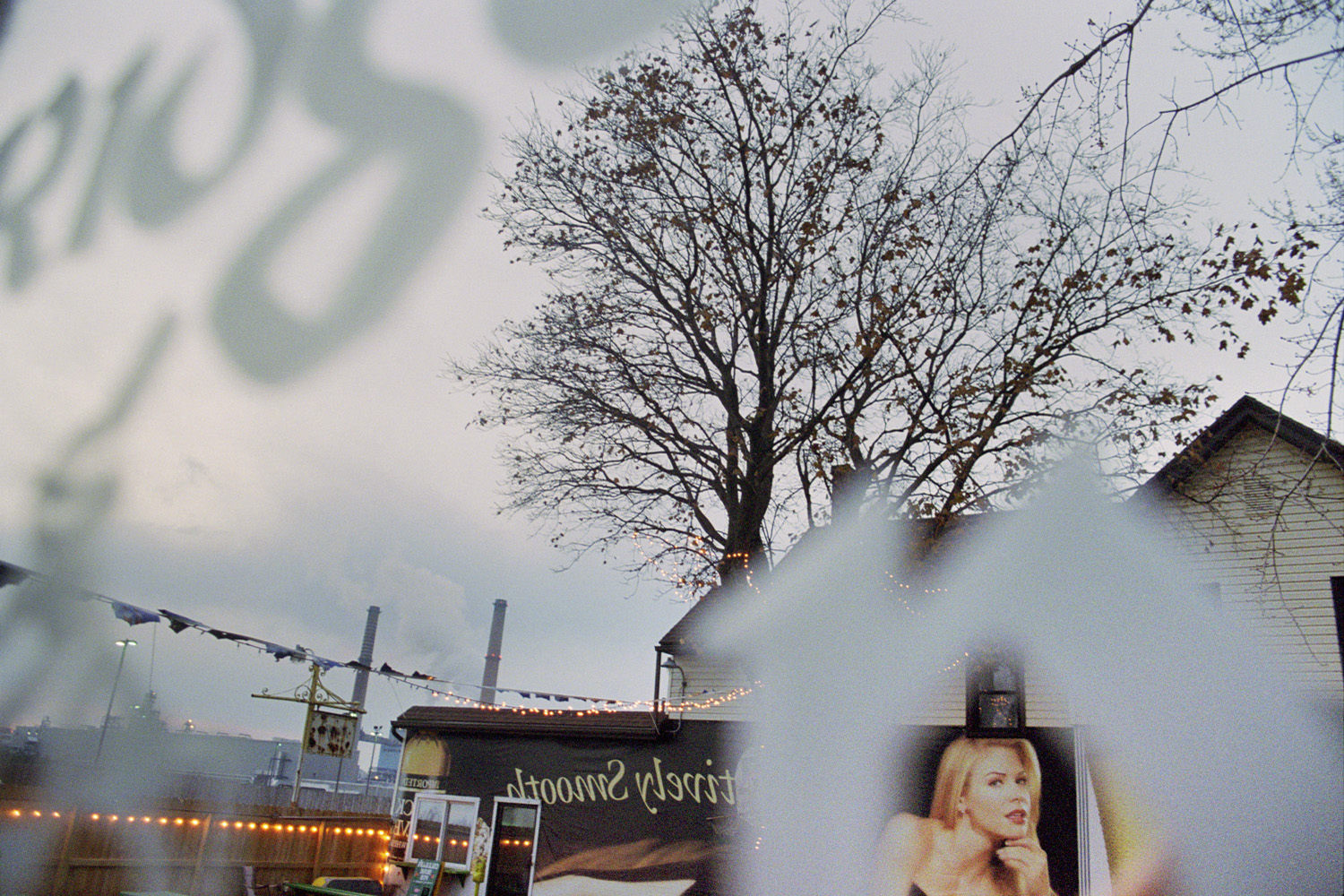



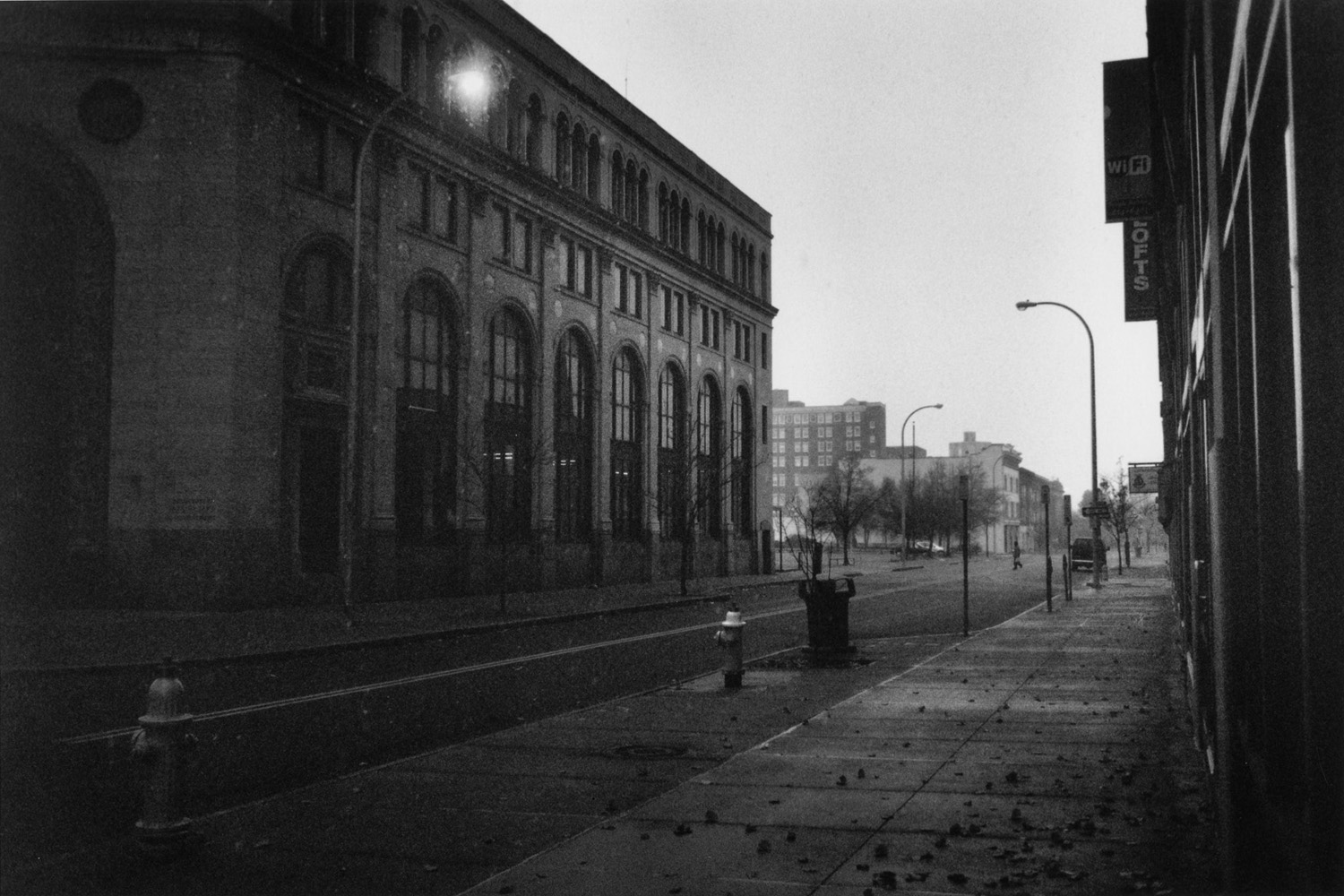

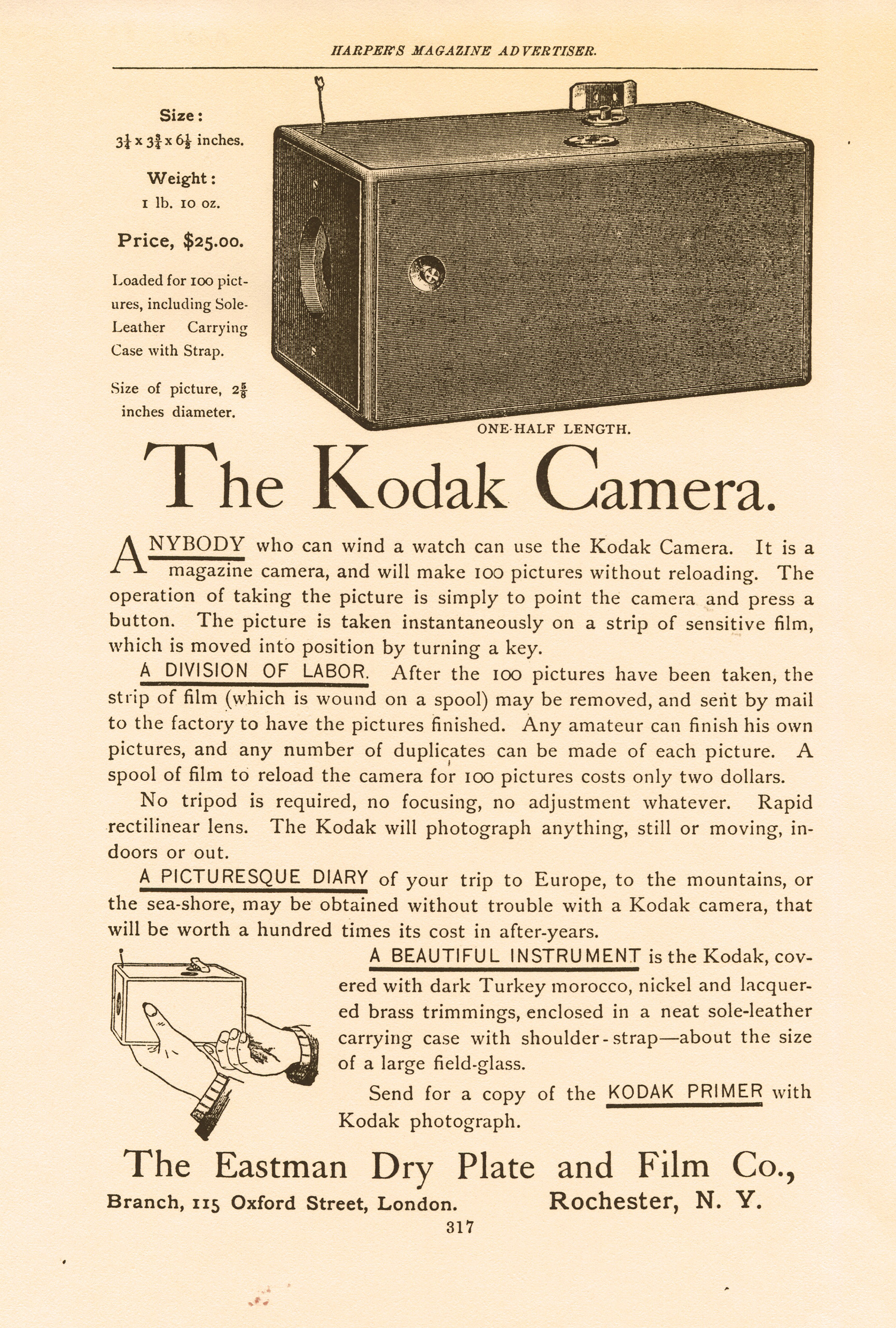




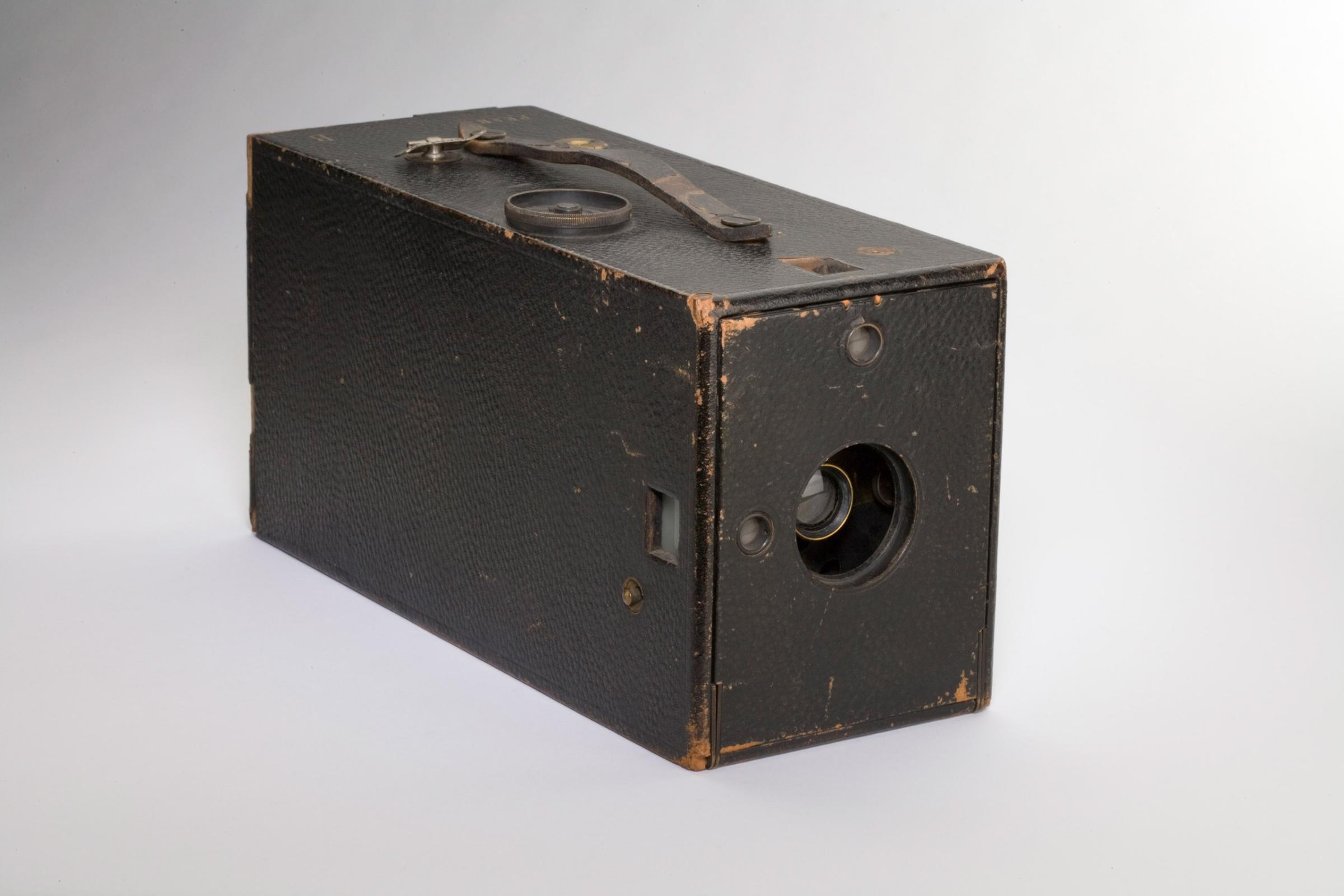
More Must-Reads from TIME
- Cybersecurity Experts Are Sounding the Alarm on DOGE
- Meet the 2025 Women of the Year
- The Harsh Truth About Disability Inclusion
- Why Do More Young Adults Have Cancer?
- Colman Domingo Leads With Radical Love
- How to Get Better at Doing Things Alone
- Michelle Zauner Stares Down the Darkness
Write to Lily Rothman at lily.rothman@time.com